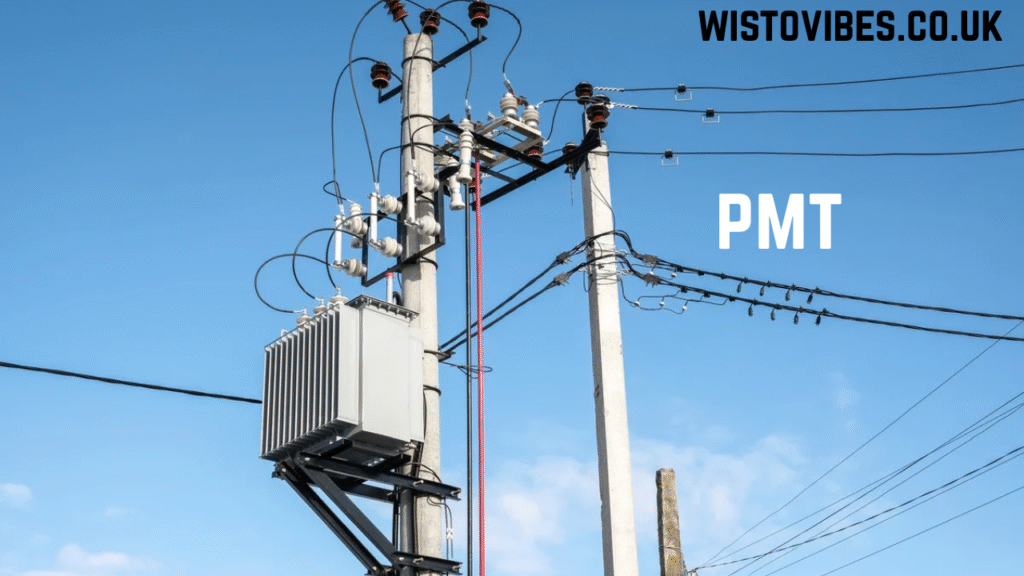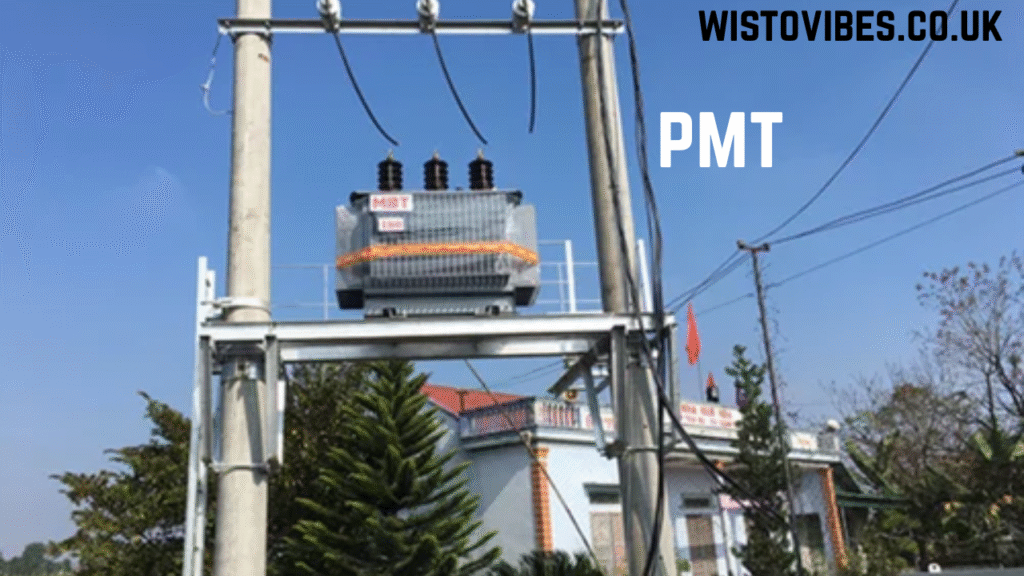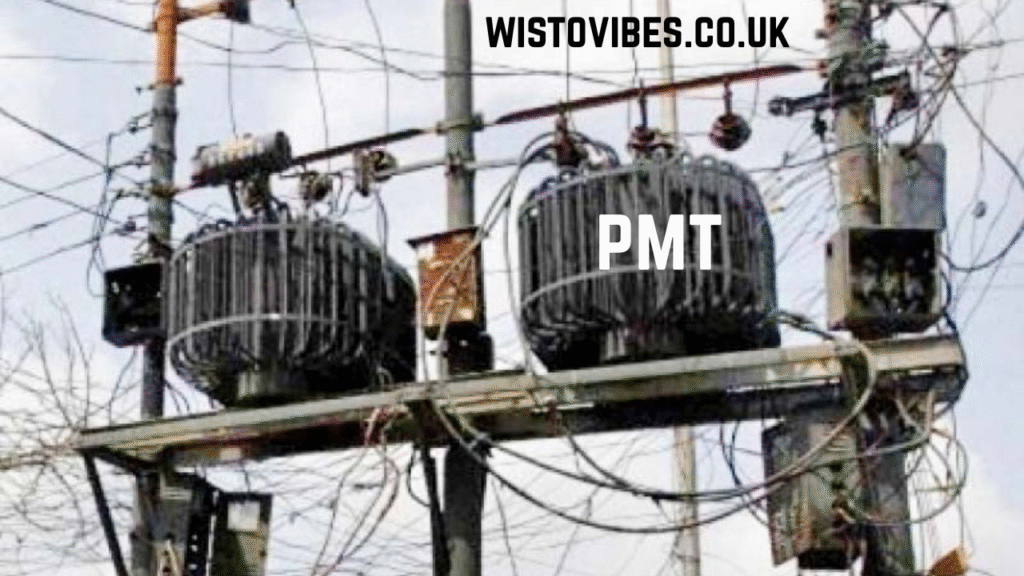PMT, known as premenstrual tension, refers to the range of physical, emotional, and behavioral symptoms that occur in the days or weeks before menstruation. It is one of the most common conditions experienced by women of reproductive age, often beginning in the second half of the menstrual cycle and disappearing once menstruation begins. PMT is more than just mood swings or irritability; it involves a complex interplay of hormonal, psychological, and lifestyle factors that influence a woman’s well-being. Though it is sometimes dismissed as a minor issue, for many women, PMT significantly impacts quality of life, work efficiency, and interpersonal relationships. Understanding PMT is essential not only for those who experience it but also for society as a whole, as awareness can lead to better empathy, support, and treatment options.
The Biological Causes of PMT

The causes of PMT are primarily hormonal, but they are influenced by many other biological factors as well. The menstrual cycle involves fluctuations in estrogen and progesterone, two key hormones that regulate the reproductive system. In the luteal phase, when these hormone levels change rapidly, the body can react in ways that affect mood, appetite, and energy levels. Additionally, PMT symptoms are influenced by the brain’s neurotransmitters, particularly serotonin, which is closely linked to mood regulation. A drop in serotonin during this period can lead to feelings of sadness, anxiety, or irritability. Other contributing factors include genetic predisposition, dietary deficiencies (especially in magnesium, calcium, and vitamin B6), and poor lifestyle habits such as lack of sleep or high stress. PMT is not caused by weakness or emotional instability; it is a genuine physiological reaction that occurs in response to hormonal changes within the body.
Common Symptoms of PMT
The symptoms of PMT vary widely among women, but they generally fall into three categories: physical, emotional, and behavioral. Physical symptoms may include bloating, breast tenderness, headaches, fatigue, and joint or muscle pain. Many women also experience changes in appetite or cravings for sugary or salty foods. Emotional symptoms are often the most distressing and can include irritability, mood swings, anxiety, or sadness. Some women report feeling overwhelmed or unusually sensitive during this time. Behavioral symptoms may include difficulty concentrating, sleep disturbances, or withdrawal from social interactions. The intensity of PMT symptoms can range from mild discomfort to severe disruption of daily activities. Understanding these symptoms helps individuals anticipate and manage their experiences more effectively, reducing frustration and confusion during the premenstrual phase.
Emotional and Psychological Effects of PMT
The emotional impact of PMT cannot be underestimated, as hormonal changes can influence mood in powerful ways. During PMT, fluctuations in estrogen and progesterone can affect the brain’s chemistry, especially the balance of serotonin and dopamine. This imbalance can lead to mood disturbances such as depression, irritability, and sudden emotional outbursts. Many women find that their patience shortens, their stress tolerance decreases, and their sense of self-confidence wavers during this time. This emotional turbulence can sometimes strain relationships or create misunderstandings at work or home. It is essential to recognize that these emotional shifts are not a reflection of a person’s character but a biological reaction to hormonal changes. Psychological coping strategies such as mindfulness, relaxation exercises, and maintaining open communication with loved ones can help minimize the emotional toll of PMT.
The Difference Between PMT and PMS

While the terms PMT (premenstrual tension) and PMS (premenstrual syndrome) are often used interchangeably, some experts distinguish between the two. PMT is sometimes seen as a broader term that emphasizes emotional and mental symptoms such as irritability, anxiety, and tension, while PMS encompasses both physical and emotional symptoms. However, in practical use, both terms describe the same phenomenon of discomfort and distress that occur before menstruation. In some cases, PMT may progress to a more severe form known as PMDD (premenstrual dysphoric disorder), which includes intense mood disturbances and depression. Understanding this distinction helps women identify the severity of their condition and seek appropriate medical or psychological support when necessary. Both PMT and PMS highlight the need for compassionate awareness and effective management to ensure women’s overall health and stability.
The Role of Lifestyle and Diet in Managing PMT
Lifestyle plays a crucial role in how PMT symptoms manifest and how severe they become. A balanced diet rich in nutrients such as magnesium, calcium, and vitamin B6 has been shown to reduce the intensity of PMT symptoms. Regular physical activity improves circulation, boosts serotonin production, and reduces stress, all of which help stabilize mood and energy. Avoiding excessive caffeine, alcohol, and processed foods can also help minimize bloating and irritability. Adequate sleep and hydration are equally important for hormonal balance and emotional resilience. Women who incorporate yoga, meditation, or relaxation breathing into their routine often experience a noticeable reduction in PMT symptoms. These natural management techniques empower women to take control of their bodies rather than feel controlled by their cycles.
Medical and Therapeutic Treatments for PMT

In some cases, lifestyle changes may not be sufficient, and medical treatments become necessary to manage PMT effectively. Healthcare providers may recommend hormonal therapies such as birth control pills to stabilize hormonal fluctuations. Antidepressants, particularly selective serotonin reuptake inhibitors (SSRIs), can help manage severe mood symptoms by increasing serotonin levels in the brain. Pain relievers and anti-inflammatory medications can alleviate physical discomfort like cramps or headaches. Cognitive-behavioral therapy (CBT) is another effective option that helps individuals manage negative thought patterns and develop emotional resilience during the premenstrual phase. It is important for women to consult medical professionals rather than self-diagnose, as personalized treatment plans yield the best results. PMT treatment is not about eliminating the menstrual cycle but about achieving balance and comfort through informed care.
The Social and Cultural Perception of PMT
PMT has historically been misunderstood and even stigmatized, with many cultures trivializing women’s experiences or dismissing them as emotional exaggeration. This lack of understanding contributes to guilt, shame, and isolation among those who suffer from severe PMT. In modern times, however, awareness campaigns and open conversations about women’s health are helping to break these stereotypes. Recognizing PMT as a legitimate condition rooted in biology allows society to respond with empathy rather than judgment. Workplaces and schools that offer flexibility and support during the premenstrual phase create environments where women can perform optimally without fear of discrimination. The cultural shift toward understanding PMT is essential for empowering women to prioritize their health and speak openly about their experiences.
Coping Strategies and Emotional Resilience During PMT
Developing emotional resilience is one of the most effective ways to cope with PMT. Keeping a menstrual diary can help track symptoms and identify triggers, making it easier to predict when PMT will occur and how to prepare for it. Engaging in relaxing hobbies, connecting with supportive friends, and setting realistic goals during the premenstrual period can prevent feelings of overwhelm. Stress management techniques such as deep breathing, progressive muscle relaxation, or journaling help reduce emotional intensity. Self-care should not be seen as a luxury during PMT but as a necessary part of maintaining balance. Encouraging open dialogue about PMT among women fosters a sense of solidarity and shared understanding, transforming a difficult experience into an opportunity for self-awareness and growth.
Conclusion
PMT is a complex condition influenced by hormonal, emotional, and environmental factors, but it is entirely manageable with the right awareness and care. Recognizing its symptoms, seeking professional advice when necessary, and making mindful lifestyle adjustments can dramatically improve quality of life. Every woman’s experience of PMT is unique, yet shared understanding helps reduce stigma and promote healthier attitudes toward menstruation. By viewing PMT not as a burden but as a natural biological rhythm that deserves respect and attention, society can foster compassion and balance for women everywhere.
FAQs
Q1: What causes PMT?
PMT is primarily caused by hormonal fluctuations in estrogen and progesterone during the menstrual cycle, affecting both physical and emotional balance.
Q2: How long does PMT usually last?
PMT typically begins one to two weeks before menstruation and ends when the period starts or shortly afterward.
Q3: Can PMT be cured completely?
There is no absolute cure for PMT, but its symptoms can be effectively managed through diet, exercise, stress reduction, and medical treatment if needed.
Q4: Is PMT the same as PMS?
PMT and PMS describe similar conditions, but PMT often emphasizes emotional and mental symptoms like tension and irritability.
Q5: When should someone seek medical help for PMT?
Medical attention should be sought if PMT symptoms severely disrupt daily life, cause depression, or interfere with relationships and responsibilities.




